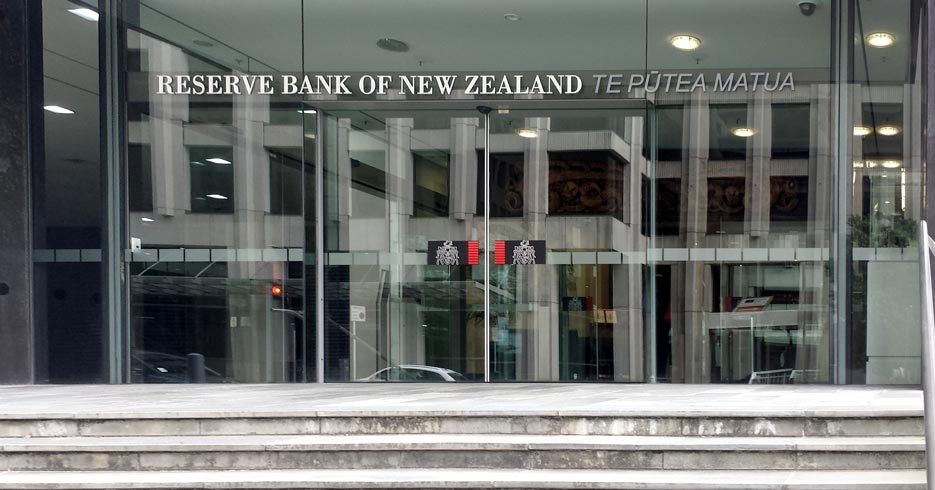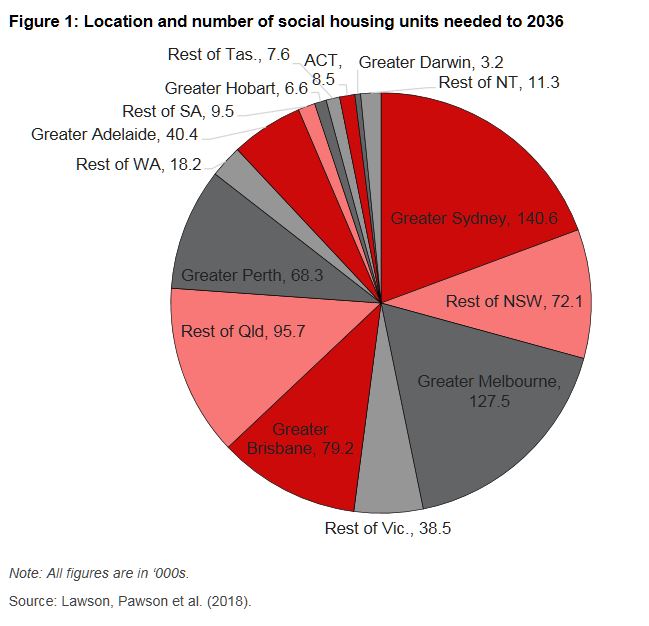The Official Cash Rate (OCR) remains at 1.5 percent. Given the weaker global economic outlook and the risk of ongoing subdued domestic growth, a lower OCR may be needed over time to continue to meet our objectives.

Domestic growth has slowed over the past year. While construction activity strengthened in the March 2019 quarter, growth in the services sector continued to slow. Softer house prices and subdued business sentiment continue to dampen domestic spending.
The global economic outlook has weakened, and downside risks related to trade activity have intensified. A number of central banks are easing their monetary policy settings to support demand. The weaker global economy is affecting New Zealand through a range of trade, financial, and confidence channels.
We expect low interest rates and increased government spending to support a lift in economic growth and employment. Inflation is expected to rise to the 2 percent mid-point of our target range, and employment to remain near its maximum sustainable level.
Given the downside risks around the employment and inflation outlook, a lower OCR may be needed.
Meitaki, thanks.
Summary record of meeting
The Monetary Policy Committee agreed that the outlook for the economy has softened relative to the projections in the May 2019 Statement.
The Committee noted that inflation remains slightly below the mid-point of the inflation target and employment is broadly at its maximum sustainable level. The Committee agreed that a lower OCR may be needed to meet its objectives, given further deterioration in the outlook for trading-partner growth and subdued domestic growth.
Relative to the May Statement, the Committee agreed that the risks to achieving its consumer price inflation and maximum sustainable employment objectives are tilted to the downside.
The members noted that global economic growth had continued to slow. They discussed the recent falls in oil and dairy prices, and that several central banks are now expected to ease monetary policy to support demand.
The Committee discussed the ongoing weakening in global trade activity. A drawn out period of tension could continue to suppress global business confidence and reduce growth. Resolution of these tensions could see uncertainty ease.
The Committee discussed the trade, financial, and confidence channels through which slowing global growth and trade tensions affect New Zealand. The members noted in particular the dampening effect of uncertainty on business investment. Some members noted that lower commodity prices and upward pressure on the New Zealand dollar could see imported inflation remain soft.
While global economic conditions had deteriorated, the Committee noted that domestic GDP growth had held up more than projected in the March 2019 quarter. The members discussed disparities in growth across sectors of the economy, with construction strong and services weak. The members also discussed whether some of the factors supporting growth in the quarter would continue.
The members noted two largely offsetting developments affecting the outlook for domestic growth: softer house price inflation and additional fiscal stimulus.
The Committee noted that recent softer house prices, if sustained, are likely to dampen household spending. The Committee also noted the recent falls in mortgage rates and the Government’s decision not to introduce a capital gains tax.
The Committee noted that Budget 2019 incorporated a stronger outlook for government spending than assumed in the May Statement. The members discussed the impact on growth of any increase in government spending being delayed, for example due to timing of the implementation of new initiatives and current capacity constraints in the construction sector.
The members discussed the subdued nominal wage growth in the private sector and the apparent disconnect from indicators of capacity pressure in the labour market. The Committee discussed the possibility of this relationship re-establishing. Conversely, the continuing absence of wage pressure could indicate that there is still spare capacity in the labour market. Some members also noted that reduced migrant inflows could see wage pressure increase in some sectors.
The Committee discussed whether additional monetary stimulus was necessary given continued falls in global growth and subdued domestic demand. The members agreed that more support from monetary policy was likely to be necessary.
The Committee discussed the merits of lowering the OCR at this meeting. However, the Committee reached a consensus to hold the OCR at 1.5 percent. They noted a lower OCR may be needed over time.








